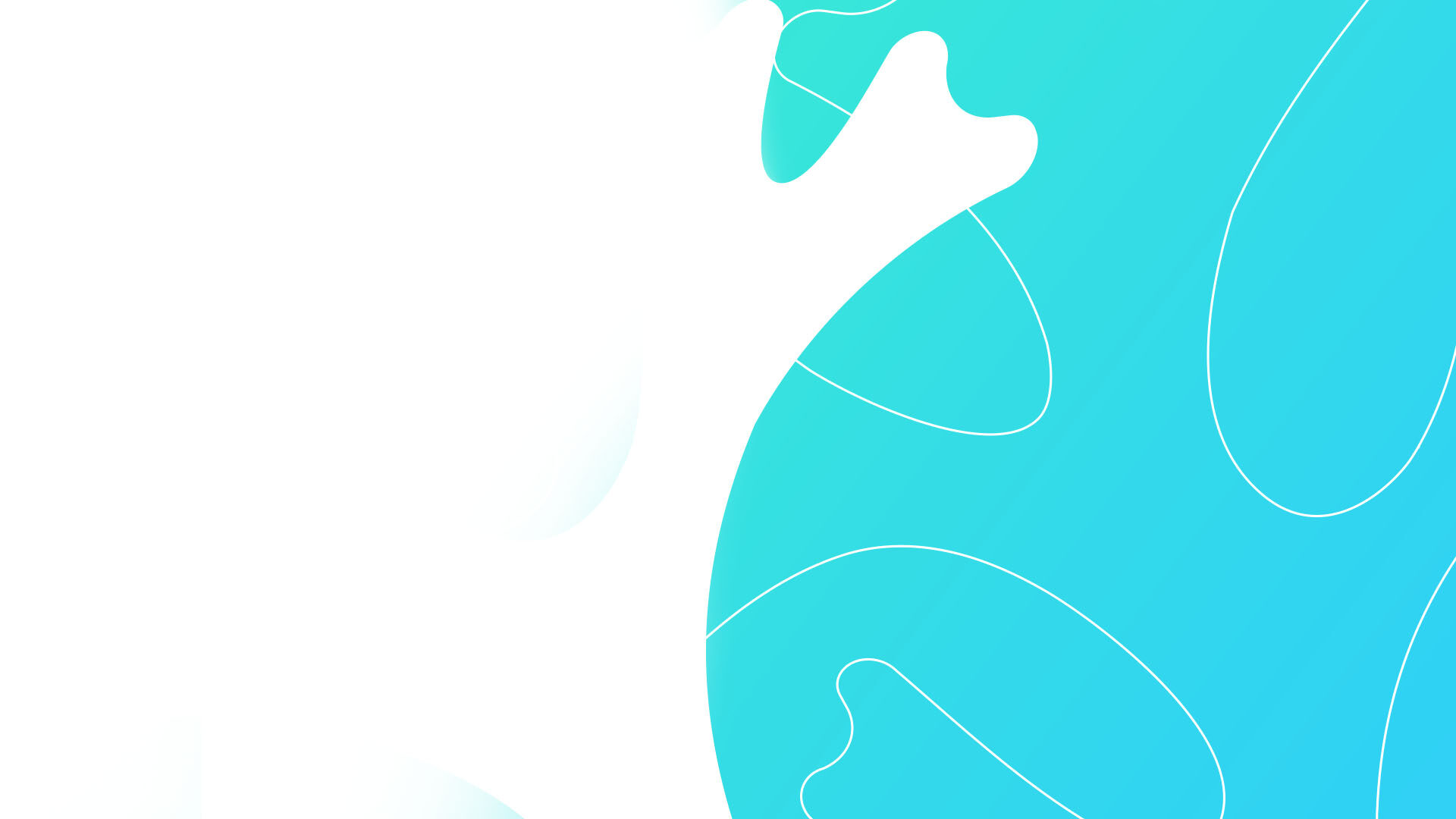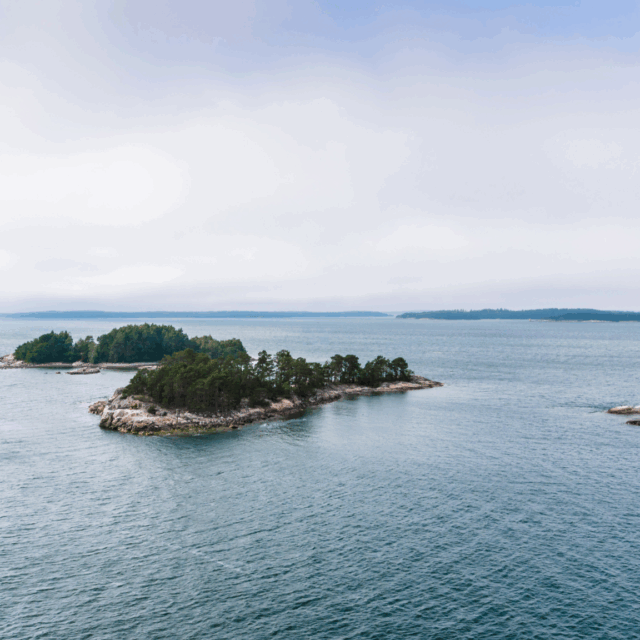Over the past four years, Finland has been home to two maritime-related leading company programmes: NEcOLEAP, led by Meyer Turku, and Zero Emission Marine (ZEM), led by Wärtsilä. Both programmes are funded by Business Finland and share the common mission of lowering emissions in the maritime sector. From the very beginning, the collaboration between these two leading companies, or Veturis, has been close and constructive.
Together, Meyer Turku and Wärtsilä have contributed to building a shared ecosystem of industry players, research institutions, and universities.
An active member of the maritime sector might very well recognise the dynamic duo of Ilkka Rytkölä, Ecosystem Lead of NEcOLEAP and Kenneth Widell, Programme Lead of ZEM, from various ecosystem events.
“We have worked in parallel from the start, and most of the ecosystem partners have been involved in both programmes. One could argue that we have built one joint Finnish maritime ecosystem together”, Rytkölä notes.
The Veturi model, which supports large-scale RDI collaboration in Finland, has played a key role in enabling this inclusive ecosystem. Kenneth Widell highlights its impact:
“Sometimes in these kinds of settings, it is harder for small players to get a seat at the table. However, the Veturi model has truly strengthened the whole supply chain. This has also given the universities and their research more visibility both externally and internally.”
Research-driven innovation
Industrial-driven research has been a cornerstone of both programmes. In NEcOLEAP, partnerships with universities and universities of applied sciences have accelerated research in areas such as ship structures and automation.
“This kind of ecosystem generates more research, and more researchers working with industry. We strongly believe this collaboration fosters mutual understanding across the value chain, and we will see the result of this work also in terms of new business opportunities”, Rytkölä explains.
The importance of the Veturis to the Finnish maritime ecosystem
Throughout the years, there have been different instruments with the goal of increasing Finland’s competence, competitiveness and RDI investments. What makes the Veturi model stand out?
“It has brought the collaboration to another level and proved that also business can drive research”, Rytkölä says.
Widell agrees. “Yes, the industrial-driven research has been in the core of the Veturis. Monetary wise these two Veturis are the biggest ever funding for the Finnish maritime industry. Considering that we have had two maritime programmes which are forming a metaecosystem has made it even more game changing.”
Wrapping up the programmes and fostering the ecosystem
The year 2025 marks the last year of both NEcOLEAP and Zero Emission Marine. This means that the programmes are no longer actively seeking new project ideas, and they will not receive Veturi funding after the end of the year. However, many of the ecosystem’s research and development activities will continue well beyond the formal programme period.
Both Widell and Rytkölä see the Veturi companies’ roles more as maintainers of the ecosystem. “Our role now is to support and nurture the ecosystem we have built”, Rytkölä says.
Both programmes will conclude their journeys with an annual seminar at the end of the year. ZEM’s annual seminar will take place on 2 December at Wärtsilä’s headquarters in Helsinki, while NEcOLEAP will announce the date of its seminar later this year.
Interested to read more about the programmes or join the seminars? Visit the NEcOLEAP and ZEM webpages to read more and sign up.

